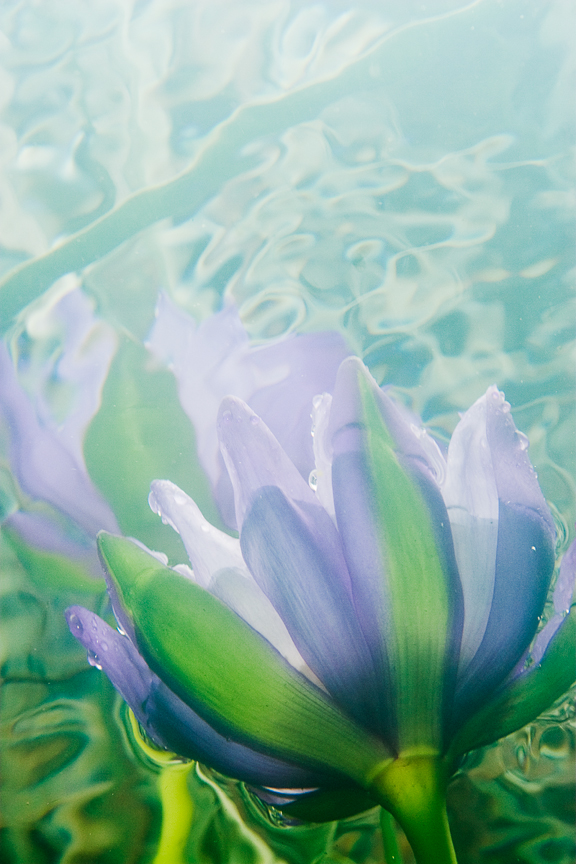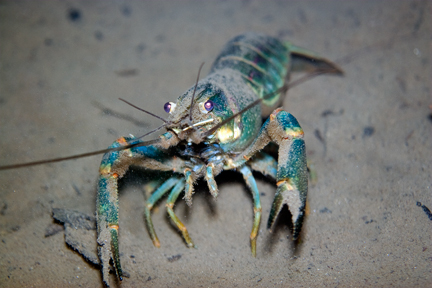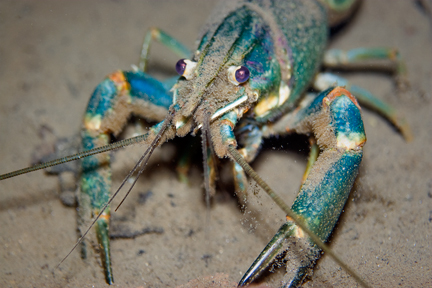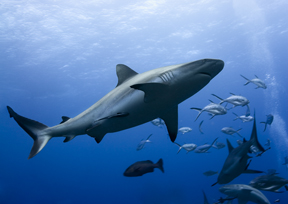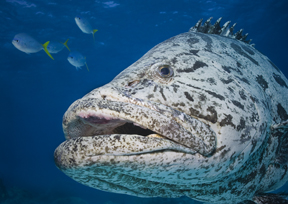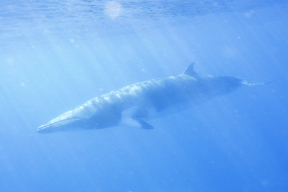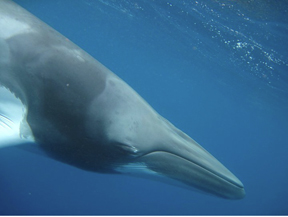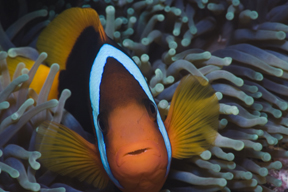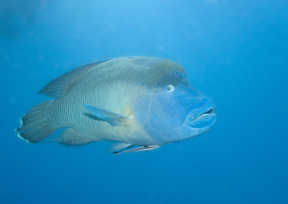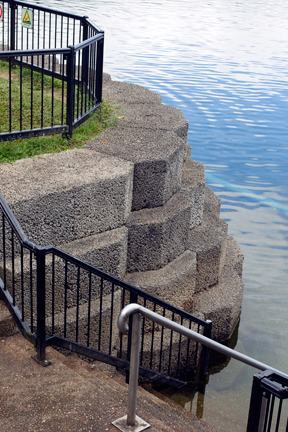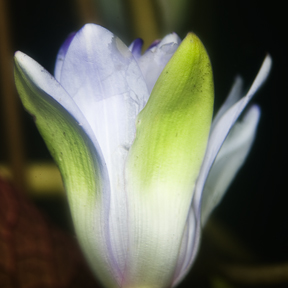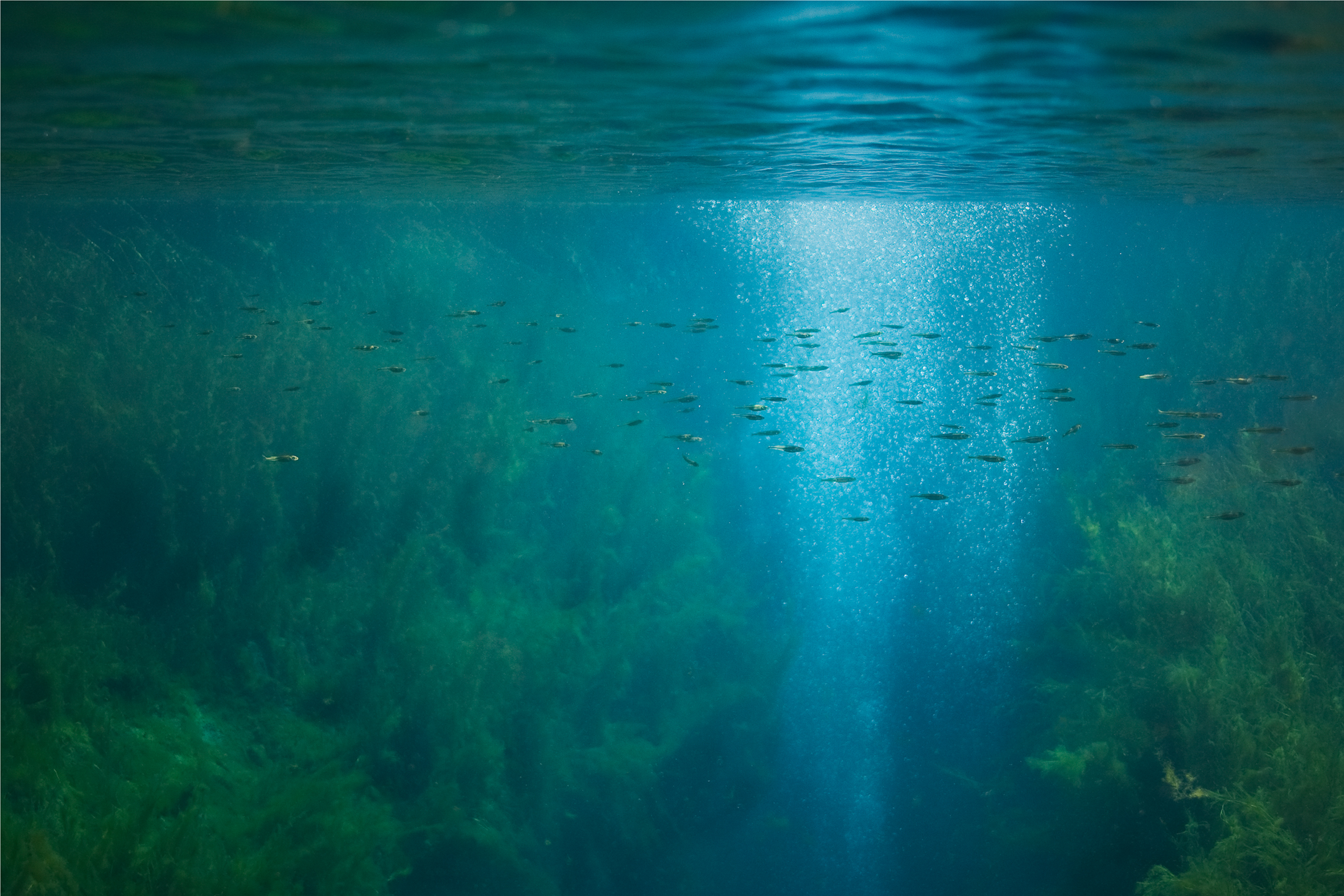Category Archives: Underwater
Lake Eacham – October 17 2010
A change from trying to get the perfect shot of a waterlily underwater at Lake Barrine, this week we went to Lake Eacham. I finally found some new friends that would stick around long enough to have their photo taken. This little fellow was taken in the shallows near where the old jetty used to be.
And this little aggressive fellow hangs out at the wreck of a dinghy at about 25 metres.
Diving Lake Eacham
Today I went up to Lake Eacham to scuba dive. Lake Eacham is on the Atherton Tableland of Queensland about 1 hour from Cairns. It is an extinct volcanic crater lake filled with cool, clean, crystal clear water, surrounded by 486 hectares (1200 acres) of lush tropical highland rainforest. It is 60 metres (197 feet) deep.
I was buddied up with my friend Keith Cardwell from FNQ Dive. We entered the water down the steps. This has to be the best entry/exit dive site I have come across. Next to the steps (complete with handrail) are stepped ledges. Perfect for putting fins, mask and camera on whilst finishing gearing up in the water. A ledge out from the steps has been laid with weed membrane and pebbles, no sticky mud in which to loose one’s fin.
From the ledge we descended down to 27.1 metres (89 feet). We experienced various thermoclines throughout the dive. A thermocline (source wikipedia) is a thin but distinct layer in a large body of fluid (e.g. water, such as an ocean or lake, or air, such as an atmosphere), in which temperature changes more rapidly with depth than it does in the layers above or below.
The bottom of the lake is silt, easily stirred up as Keith looked for rubbish (bottles, tins, plastic) to pick up amongst the tree skeletons and leaf litter. Visibility was not good. Partly due to the season being winter which causes the water to become murky with phytoplankton and also the weather today was overcast.
We encountered crayfish, turtles, mussels and several varieties of fish. The crayfish act aggressive when disturbed and then move quickly away and bury themselves in the silt. The turtles are very camera shy, hiding under the rotting branches before swimming away at great speed. I was unable to get a reasonable photo of either.
After a surface interval we did it all again.
APPA Results
A photo taken at Picaninnie Ponds in Mt Gambier, South Australia was awarded a Silver at the 2010 Canon AIPP Australian Professional Photography Awards held this year in Melbourne.









